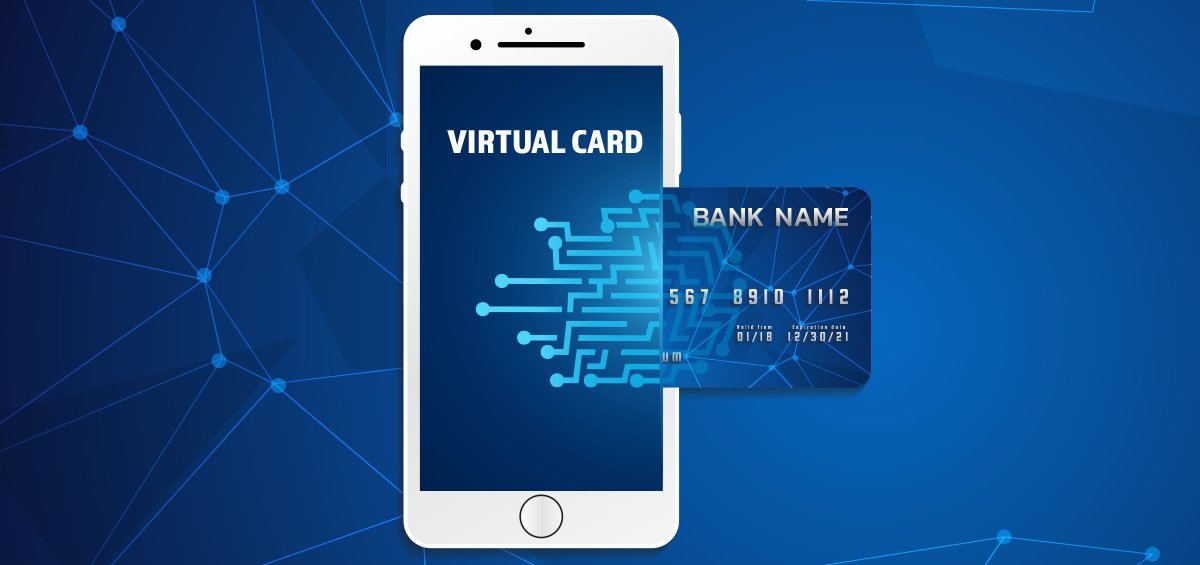In the age of digital finance and online shopping Virtual card the term “virtual card” is becoming increasingly common. But what exactly is a virtual card, and why are so many individuals and businesses turning to it for their financial transactions? In this article, we’ll explore everything you need to know about virtual cards—how they work, their advantages, potential drawbacks, and why they’re becoming a staple in modern financial security and convenience.
What Is a Virtual Card?
A virtual card is a digital version of a physical credit or debit card. It consists of a 16-digit card number, expiration date, and security code (CVV), just like a physical card, but it exists solely in digital form. Typically, virtual cards are generated through your bank, a financial service app, or a payment platform and can be used for online purchases or over-the-phone transactions where physical cards are not required. They can be one-time-use or reusable, depending on the provider.
How Virtual Cards Work
The process of using a virtual card is fairly simple. After generating a virtual card from your banking app or virtual card provider, you can enter the card details during checkout on any online store, just as you would with a regular card. The purchase is then charged to your main bank account or credit card that’s linked to the virtual card. Some platforms allow you to set spending limits, expiration dates, or restrict use to specific vendors—offering even more control than a physical card.
Benefits of Using Virtual Cards
One of the primary reasons people use virtual cards is security. Since virtual cards are not physically present, there’s no risk of them being stolen or cloned. They also offer excellent protection against fraud, especially when shopping online. You can cancel or regenerate a new virtual card in seconds if you suspect suspicious activity. Moreover, features like transaction limits, merchant restrictions, and single-use capability help prevent unauthorized use, making virtual cards a safer alternative to traditional cards.
Perfect for Online Shopping
With e-commerce becoming a dominant part of our shopping behavior, virtual cards are tailor-made for this environment. Unlike physical cards that can be compromised through data breaches, virtual cards are typically disposable or protected by strong user controls. If you’re purchasing from a lesser-known website or a vendor you don’t completely trust, a virtual card minimizes the risk. Many services also allow you to create a separate card for each transaction or subscription, which you can deactivate later if needed.
Great for Managing Subscriptions
One major headache for users today is managing recurring payments for subscriptions. Sometimes, canceling a subscription doesn’t stop the charges, or you may forget which services you’re subscribed to. Virtual cards can help here. By assigning a unique virtual card to each subscription, you can monitor charges and cancel any card to immediately stop future payments. This provides a level of financial hygiene and organization that traditional banking tools don’t always offer.
Popular Providers and How to Get One
Many major banks now offer virtual card services, often integrated into their online or mobile banking platforms. Additionally, fintech companies like Revolut, Wise, Payoneer, Capital One, and privacy-focused tools like Privacy.com provide powerful virtual card features with customization options. Getting a virtual card usually involves logging into your account, selecting the virtual card option, and generating a card number. It’s fast, easy, and doesn’t require a credit check in most cases—especially if tied to an existing account.
Are There Any Drawbacks?
While virtual cards offer plenty of benefits, they’re not without limitations. For instance, you can’t use them for in-person purchases unless the merchant accepts mobile wallets or contactless payments linked to your virtual card. Also, returning items bought with a virtual card can be complicated if the card has already expired or been deleted. In some cases, businesses or subscription services may not accept virtual cards, although this is becoming less common. It’s essential to understand your provider’s policies and how virtual cards interact with refunds or disputes.
Business Use of Virtual Cards
Businesses, especially those dealing with digital services or multiple vendors, are increasingly adopting virtual cards to streamline payments and improve security. A company can issue individual virtual cards to employees for specific purposes—such as travel, advertising, or software subscriptions. This way, spending can be monitored, budgets can be controlled, and misuse can be minimized. Finance teams gain more transparency, and the risk of fraud is significantly reduced when compared to using a single corporate card across all departments.
Final Thoughts
Virtual card are not just a modern convenience—they’re a powerful financial tool in a digital world. Whether you’re an individual who frequently shops online, a freelancer managing various software subscriptions, or a business looking to improve financial controls, virtual cards offer flexibility, security, and control that traditional cards cannot match. As cyber threats grow and more commerce shifts online, virtual cards will likely become the norm rather than the exception. It’s worth exploring them today to enhance both your safety and your spending efficiency.






Leave a Reply